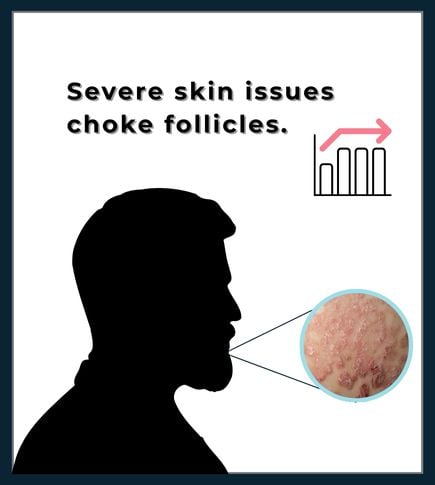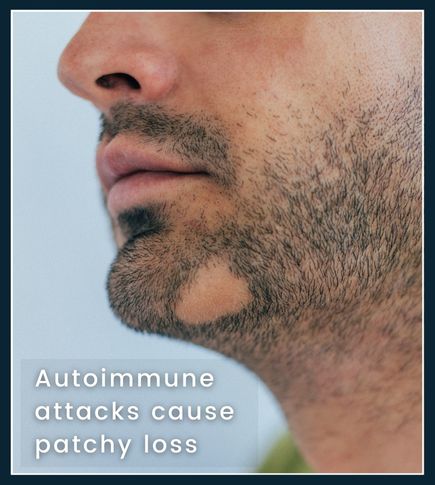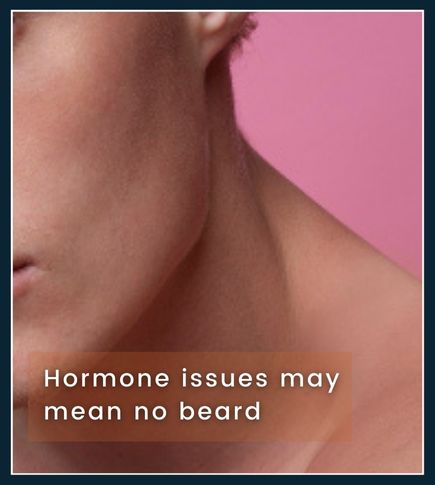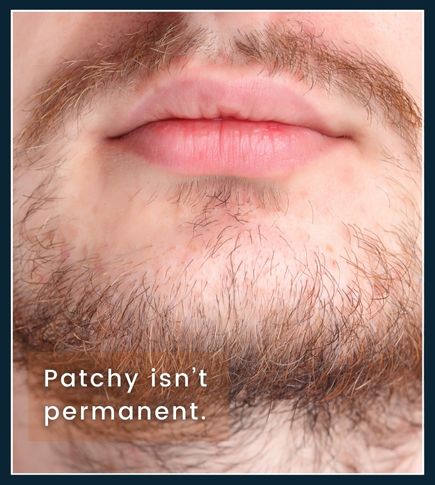
Sign 1: Deep or Widespread Scar Tissue
Burns or Stitched Wounds
Thick scar tissue from burns or stitches can block blood flow to hair follicles, essentially starving them so no hair grows. If the damaged area is large and deep, it might leave a permanent bald patch.
What to Do
For minor scars, gentle massage can help soften tissue over time, boosting circulation. More serious cases might need medical treatments, like laser therapy or certain injections that can reduce scar thickness.
Thick scar tissue from burns or stitches can block blood flow to hair follicles, essentially starving them so no hair grows. If the damaged area is large and deep, it might leave a permanent bald patch.
What to Do
For minor scars, gentle massage can help soften tissue over time, boosting circulation. More serious cases might need medical treatments, like laser therapy or certain injections that can reduce scar thickness.






